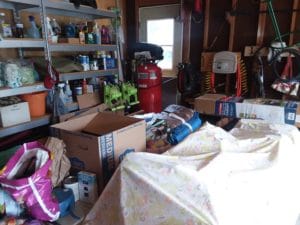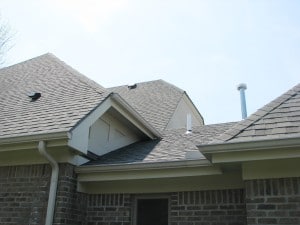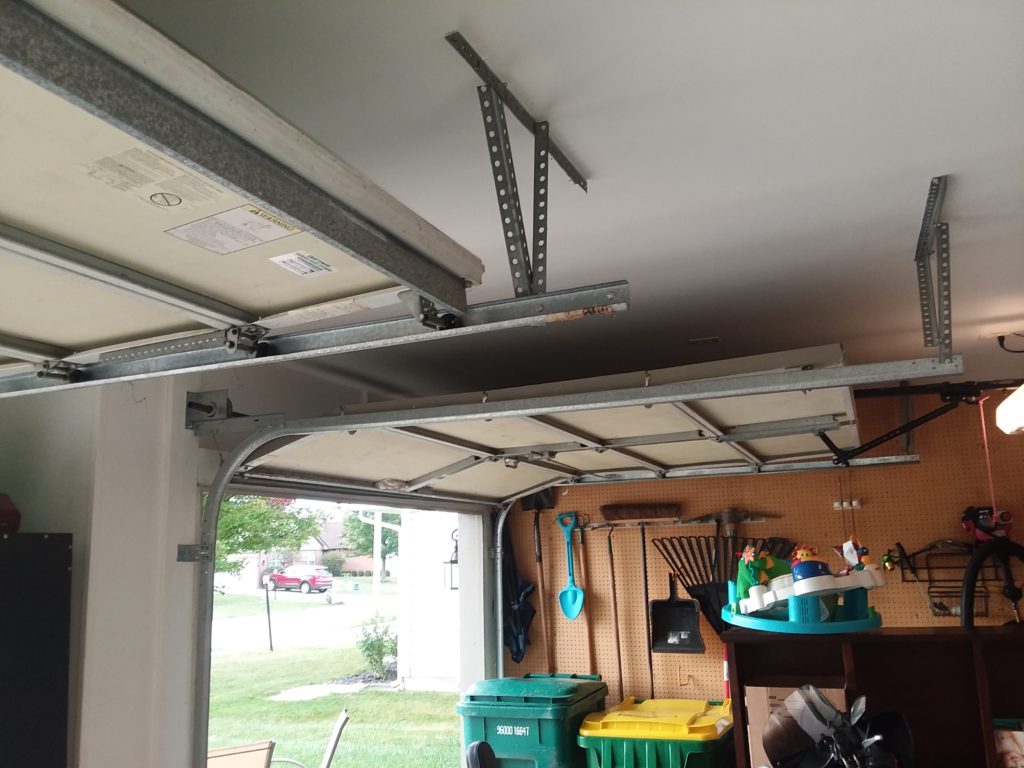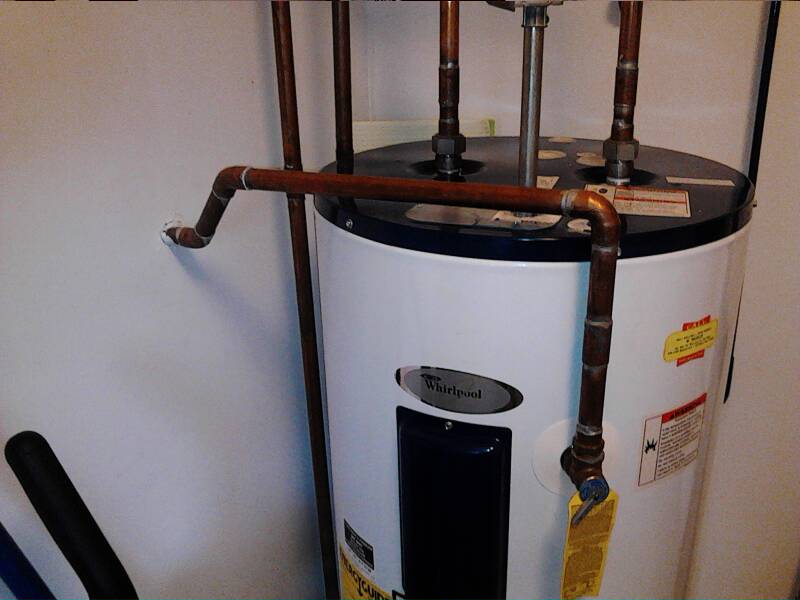The Inspector will need to have access to the following items and areas to complete the Inspection.
Components that are not accessible like an electric panel will be noted as inaccessible,
“have home owner supply electrical certification from a licensed electrician before closing”.
It would help the Inspector and be to your benefit if these areas are accessible:
- Electric panel
- Water heater
- Furnace and air conditioning
- Attic access panel / ladder
- Crawl space access panel
Then, before the Inspection:
- Remove soil or mulch that comes in contact with the siding.
- It would be best to have six inches clearance between the ground and the bottom of the siding.
- Trim back bushes at least six inches from the siding.
- Tree limbs and branches should be trimmed to prevent them from coming in contact with your home. This is critical to maintain the life of your roof.
- Clean dirty gutters and downspouts; check that they drain and are well secured. Downspouts should drain away from the foundation. Splash blocks or buried drains may be needed.
- Firewood stacked against any part of the structure must be removed.
Water must drain away from the home. Downspouts, sump pump and condensate drains, as well as natural drainage, should all flow away from the foundation area.
- Driveway, seal, patch and top coat asphalt if cracking.
- Crawl space should be dry. All vents need to be in working order.
- Install a vapor barrier if needed.
- All debris should be removed from this area.
- If insulated, check that the insulation is secure.
- Check your roof’s condition. You will find a pair of binoculars is handy for this.
- Look for loose or damaged shingles
- Look at the flashing around the chimney, vent pipes and skylights.
- Chimney, seal or repair any cracks in the chimney’s masonry or chimney cap.
- Have the chimney cleaned if it has been used.
- Exterior, paint or seal all weathered wood.
- Caulk around trim work, windows, doors, and light fixtures,
- Seal openings for the gas main or air-conditioning piping.
- Failing mortar joints in brick or block should be re-pointed.
- Damaged vinyl siding should be replaced, as should damaged or rotten wood.
- Windows and doors should be in proper operating condition.
- Any broken window glass or failing double glazed units should be replaced.
- All damaged screens should be replaced.
- Plumbing fixtures should be in proper working condition.
- Inspect the shower, re grouting and caulking any defective areas.
- Inspect the bathtub, toilet, kitchen, bathroom and laundry sinks;
- check for dripping faucets, working drain plugs and leaking pipes.
- Test all smoke and carbon monoxide alarms.
- Clean or replace air filters on furnace or air-conditioning.
- Clean dirty air returns, blower motors, vacuum out any dirty floor registers.
- Interior: Repair any damage to walls, ceilings or floors.
- Check all receptacles and light fixtures inside and outside.
- Repair any damaged electrical items. Replace missing cover plates and blown light bulbs.
This list is not the complete list a Home Inspector will use when your home is professionally Inspected. However, many of the items on this checklist, if not repaired, will give the impression to prospective buyers that your home was poorly maintained.
Many of these suggestions cost little or no money at all to do.
Good maintenance can make a big difference to the outcome of your homes inspection and ultimately the sale of your house.
NOTE: We recommend that computers are turned off prior to the start of the Home Inspection.
There is a good chance that the electrical supply could be disrupted during the Inspection.


 Water must drain away from the home. Downspouts, sump pump and condensate drains, as well as natural drainage, should all flow away from the foundation area.
Water must drain away from the home. Downspouts, sump pump and condensate drains, as well as natural drainage, should all flow away from the foundation area.








